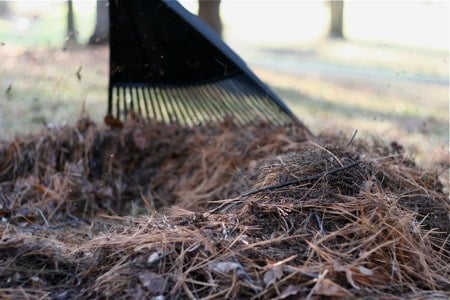Get your yard and garden ready for spring with these 6 easy steps.
These tasks are easy if done before mid-March while plants and weeds are dormant.
Cut back Roses, Grasses, and Summer-Flowering Shrubs before new growth 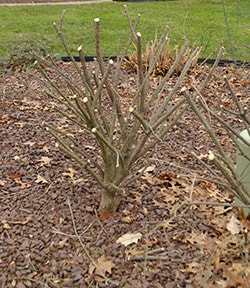 begins.
begins.
- Knockout and other shrub roses are usually cut back to 12″ tall.
- Hybrid Tea and David Austin roses are cut back to 6-8″ tall.
- Summer flowering shrubs can be pruned now. Wait on Crape Myrtle until mid-April. Listed are some of the popular summer-flowering shrubs:
- Butterfly Bush
- Rose-of-Sharon
- Abelia
- Hypericum
- Dwarf Spirea
- Remove dead tops of mums and perennials.
 Uncover strawberries, roses, bulbs and anything that has extra winter protection (mulch, straw, boughs, frost cloth).
Uncover strawberries, roses, bulbs and anything that has extra winter protection (mulch, straw, boughs, frost cloth).
As temperatures rise, plant tips emerge from the ground, working their way through layers of leaves, mulch, and other coverings. If not removed in early spring, stems will be tender and weak. Allow the air and sunshine to reach these tips while young for healthy and stocky plants.
If temperatures drop dramatically after removing covers, emerging growth can be covered temporarily. Damage doesn’t usually occur unless temps go below 10 degrees.
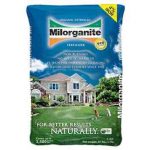 Apply Milorganite to lawns now.
Apply Milorganite to lawns now.
Milorganite is a granulated organic fertilizer high in nitrogen and iron that provides the lawn with thick growth and a rich, dark green color. Easy to apply through a spreader, Milorganite should be applied again in September.
Re-Mulch and Apply Preen to all landscaping beds now before weeds start growing.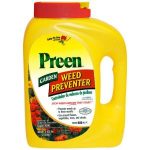
Fresh mulch prevents weed seed from germinating, reducing weed growth for a few months. Preen is an effective weed preventer. This pre-emergent herbicide is often used on ornamental plants. Organic gardeners use Corn Gluten on plants that produce food.
Fertilize all trees, shrubs, perennials, and fruits now.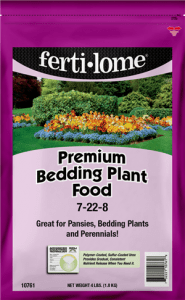
Granular fertilizers are very strong and are used on outdoor plants. Liquid and slow-release fertilizers are used on containerized plants, grown indoors or outside.
Use a high phosphorus fertilizer for blooming and fruiting plants such as:
- Fertilome Tomato & Vegetable Food
- Fertilome Premium Bedding Plant Food
Organic fertilizers are an excellent way to gently feed plants over the entire growing season. We recommend:
- Milorganite
- Espoma Garden Food
- HiYield Blood Meal and Bone Meal
- Fertilome Fish Emulsion
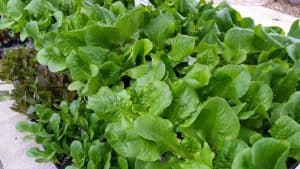 Plant early veggies in the garden or patio containers now.
Plant early veggies in the garden or patio containers now.
Peas and lettuce can be sown in the garden as early as late January or mid-February. Transplants of Broccoli, Cabbage, and other cold-season veggies that we grow here at Longfellow’s are hardened off and can be planted in the garden between late February and mid-March.
Refer to our Gardening Tasks Calendar for March for more tips and garden prep ideas.

